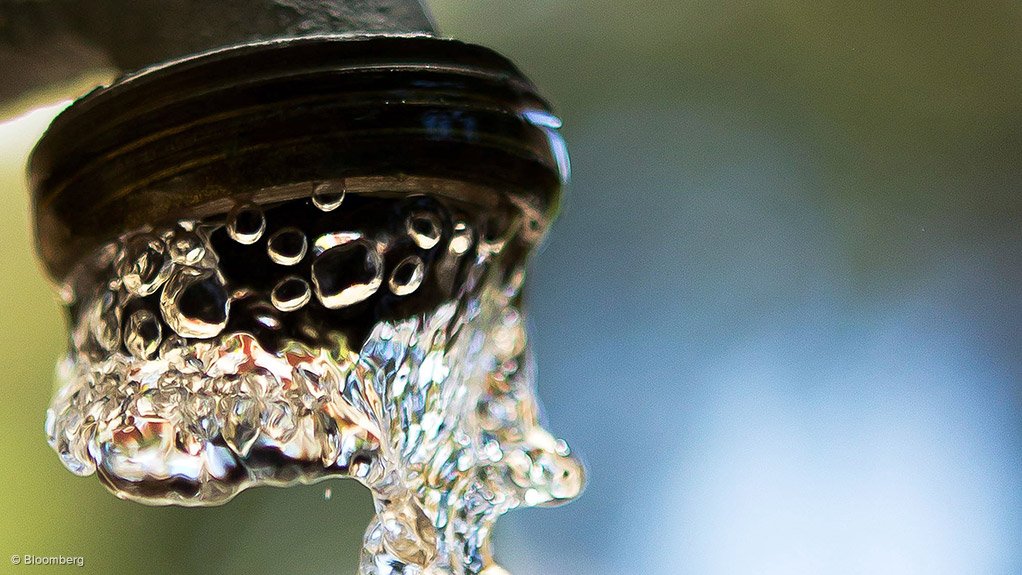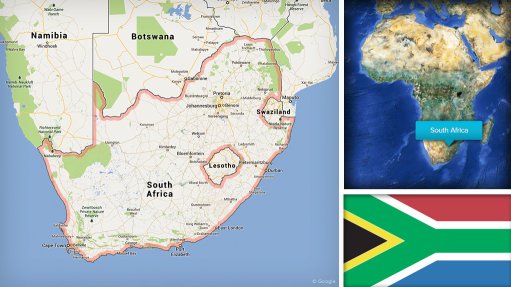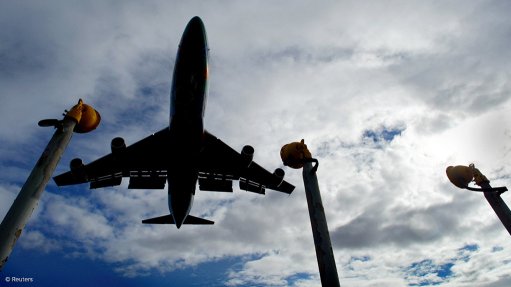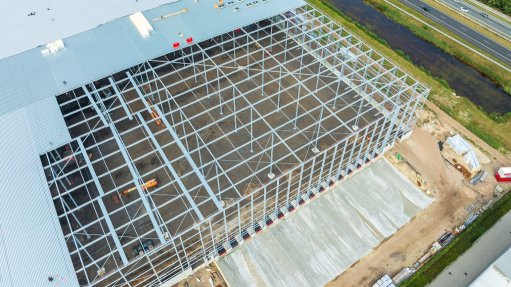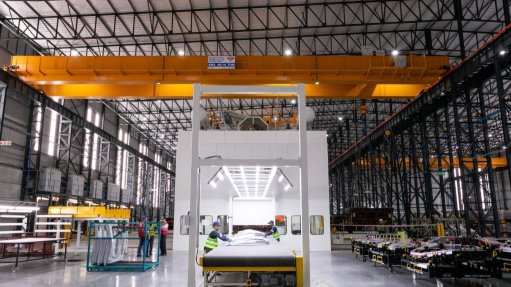Gauteng metro water consumption declines, but remains above target
Water consumption across Gauteng’s metropolitans declined week-on-week; however, the volumes remain above the required water-use efficiency targets, with yearly allocation by the Department of Water and Sanitation (DWS), at the current consumption rates, set to be exceeded by 15%.
This threatens the sustainability of the Integrated Vaal River System (IVRS) and increases the likelihood of further restrictions on the system, according to the Gauteng Water Security Dashboard.
The weekly dashboard published by the multistakeholder platform for a Water Secure Gauteng regularly shows that the Johannesburg, Ekurhuleni and Tshwane metropolitan municipalities, as well as Emfuleni municipality, continue to consume more water than their water-use efficiency targets.
The combined use was 493-million litres a day – an overall 15% above the Project 1600 water-use efficiency targets.
Water consumption in the City of Johannesburg was 1 646-million litres a day – 290-million litres above its target of 1 356-million litres a day.
Consumption in the City of Ekurhuleni was 1 057-million litres, 35-million litres above its target of 1 022-million, while the City of Tshwane was using 855-million litres a day, 131-million litres above its daily target of 666-million litres.
Emfuleni consumed 303-million litres, 64-million litres a day over its target of 239-million litres.
Meanwhile, the overall storage of the four main strategic Rand Water reservoirs, namely Palmiet, Mapleton, Eikenhof and Zwartkopjies, has recovered since the outages over a week ago related to power failures. However, at an overall 40%, it has not yet recovered to the required levels.
The overall target reservoir storage level is 60%, at which point the system has sufficient pressure to feed the entire area, and water outages are less likely.
The dashboard indicated that the water storage level of Palmiet was at 50%, Mapleton at 47%, Eikenhof at 40% and Zwartkopjies at 32%.
Further, the IVRS system currently has a storage level of 84.6%, up from levels of 83.6% recorded on February 10. Should this dip below 60%, restrictions will be imposed.
The Vaal dam increased to more than 70% last week, up from 61.7% in the preceding week.
Article Enquiry
Email Article
Save Article
Feedback
To advertise email advertising@creamermedia.co.za or click here
Comments
Announcements
What's On
Subscribe to improve your user experience...
Option 1 (equivalent of R125 a month):
Receive a weekly copy of Creamer Media's Engineering News & Mining Weekly magazine
(print copy for those in South Africa and e-magazine for those outside of South Africa)
Receive daily email newsletters
Access to full search results
Access archive of magazine back copies
Access to Projects in Progress
Access to ONE Research Report of your choice in PDF format
Option 2 (equivalent of R375 a month):
All benefits from Option 1
PLUS
Access to Creamer Media's Research Channel Africa for ALL Research Reports, in PDF format, on various industrial and mining sectors
including Electricity; Water; Energy Transition; Hydrogen; Roads, Rail and Ports; Coal; Gold; Platinum; Battery Metals; etc.
Already a subscriber?
Forgotten your password?
Receive weekly copy of Creamer Media's Engineering News & Mining Weekly magazine (print copy for those in South Africa and e-magazine for those outside of South Africa)
➕
Recieve daily email newsletters
➕
Access to full search results
➕
Access archive of magazine back copies
➕
Access to Projects in Progress
➕
Access to ONE Research Report of your choice in PDF format
RESEARCH CHANNEL AFRICA
R4500 (equivalent of R375 a month)
SUBSCRIBEAll benefits from Option 1
➕
Access to Creamer Media's Research Channel Africa for ALL Research Reports on various industrial and mining sectors, in PDF format, including on:
Electricity
➕
Water
➕
Energy Transition
➕
Hydrogen
➕
Roads, Rail and Ports
➕
Coal
➕
Gold
➕
Platinum
➕
Battery Metals
➕
etc.
Receive all benefits from Option 1 or Option 2 delivered to numerous people at your company
➕
Multiple User names and Passwords for simultaneous log-ins
➕
Intranet integration access to all in your organisation



